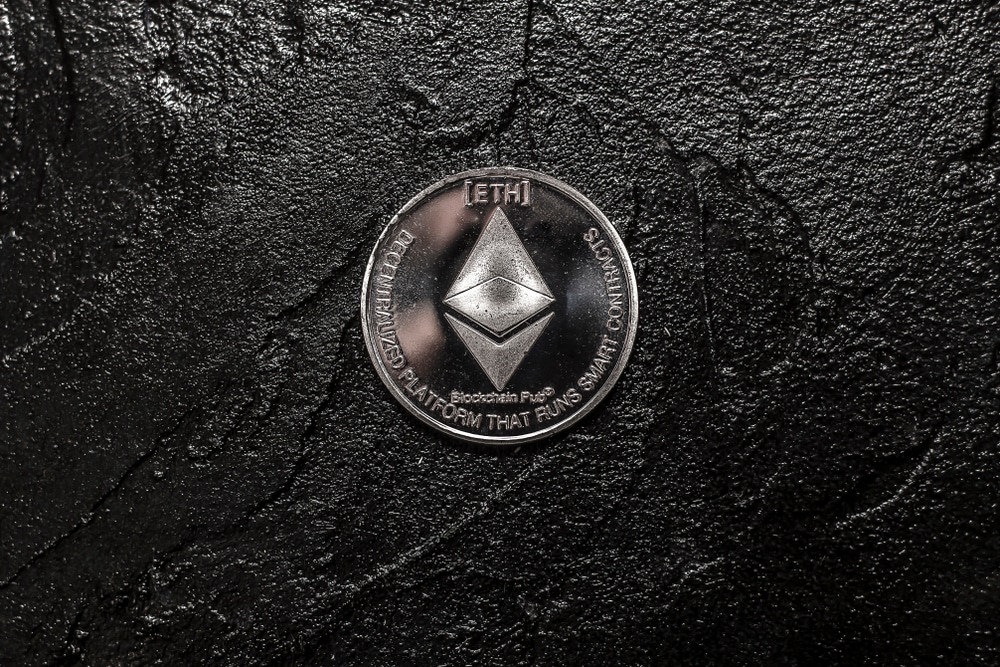Since last September, several events have happened in the crypto industry that the Ethereum merge feels like it occurred years ago. However, it’s been only a year since the second-biggest network transitioned from the Proof-of-Work to Proof-of-Stake consensus mechanism. So, how has Ethereum faired since then?
In terms of the price of Ethereum’s native token ETH, not much has changed over the past 12 months. Before the network’s “merge” event, ETH was valued at nearly $1,600. The token is trading within the same level a year later.
Energy Consumption
Before adopting the Proof-of-Stake consensus mechanism, Ethereum used to verify transactions using the Proof-of-Work mechanism, which requires miners to solve tough mathematical problems in exchange for rewards.
After the merge, miners, now known as validators, were required to stake their ETH tokens to verify transactions and secure the Ethereum network. Among the notable impacts of using the Proof-of-Stake mechanism is that Ethereum has seen its energy use decline significantly. Crypto Carbon Ratings Institute’s report shows that the blockchain’s carbon footprint has dropped by 99.99%.
Cryptocurrencies, especially those using the Proof-of-Work consensus mechanism, have garnered a reputation for using intensive energy. Canadian venture capitalist Kevin O’Leary says that’s one of the major factors hindering mainstream adoption as environmental concerns continue to increase. Traditional financial institutions like Fidelity and BlackRock have been called out severally by environmentalists for their moves into the crypto industry.
Meanwhile, Pocket Network Foundation Director Dermot O’Riordan hopes Ethereum’s transition to the Proof-of-Stake consensus mechanism will shut off crypto critics who argue that digital assets are polluting the environment.
Liquid Staking
Since the merge, the amount of ETH staked is almost doubled. Data shared on Dune by crypto analyst Hildebert Moulie indicates that ETH staked has reached 26.5 million, representing a 93% growth over the past year.
However, some crypto players have expressed centralization concerns in the wake of the merge. They fear that a few people may stake the most ETH, thus gaining control of the Ethereum network.
So, which staking provider holds the most staked ETH? With many Ethereum users wanting to stake ETH without providing personal details, Lido Finance has been a go-to staking platform for these users. The protocol holds 32% of the total staked ETH. Pocket Pool comes in second with 7%.
Anyone who stakes their ETH on these protocols receives liquid staking tokens equivalent to the staked ETH. Such tokens can be used to generate more income in the decentralized finance sector.
Until April, Ethereum validators were unable to unstake their tokens. But thanks to the network’s Shanghai upgrade, they can now withdraw their staked ETH.
Scaling Solutions
For Ethereum to attain massive adoption, it needs to process thousands of transactions fast. However, the merge has not helped the network execute transactions faster. In fact, the transition wasn’t meant to improve transaction speeds. Ethereum has continued to process transactions at slow speeds, leading to the emergence of scaling solutions.
For starters, scaling solutions are blockchains built atop Ethereum with the aim of improving the performance of the underlying blockchain. They are also called layer-2 networks. Some of them include Arbitrum Nova, Optimism, and Polygon. Scaling solutions process transactions faster and at lower fees than Ethereum.
The Securities and Exchange Commission
As ETH staking started becoming popular after the merge, it drew the attention of the United States Securities and Exchange Commission (SEC). The regulator has brought charges against several centralized crypto exchanges offering staking services to help customers earn rewards.
In February, the SEC directed US-based cryptocurrency exchange Kraken to pay $30 million in penalty fees for allegedly offering its staking-as-a-service program without proper registration with the agency. The SEC leveled similar accusations against Binance and Coinbase, with the latter challenging the regulator in court. Earlier this year, Coinbase moved to court in an effort to push the SEC to clarify its crypto regulations.
Meanwhile, the SEC and the CFTC (Commodity Futures Trading Commission) have still not agreed on how to classify ETH. The former argues that Ethereum is a security, while the latter insists the token is a commodity.
At Tokenhell, we help over 5,000 crypto companies amplify their content reach—and you can join them! For inquiries, reach out to us at info@tokenhell.com. Please remember, cryptocurrencies are highly volatile assets. Always conduct thorough research before making any investment decisions. Some content on this website, including posts under Crypto Cable, Sponsored Articles, and Press Releases, is provided by guest contributors or paid sponsors. The views expressed in these posts do not necessarily represent the opinions of Tokenhell. We are not responsible for the accuracy, quality, or reliability of any third-party content, advertisements, products, or banners featured on this site. For more details, please review our full terms and conditions / disclaimer.

